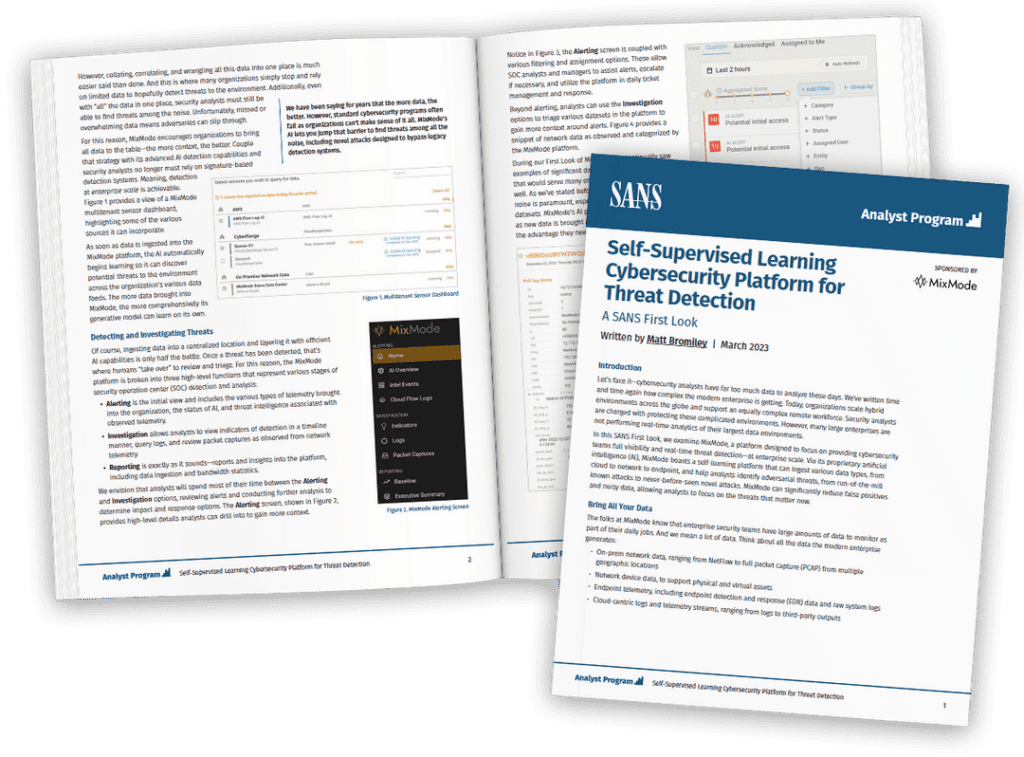The AI Advantage: Mitigating the Security Alert Deluge in a Talent-Scarce Landscape
The cybersecurity landscape is under siege. Organizations are bombarded by a relentless barrage of security alerts, often exceeding a staggering 22,111 per week on average. While Artificial Intelligence (AI) has emerged as a powerful tool to manage this overwhelming volume, its effectiveness isn’t without limitations, as vendors flood the market with false advertising and promises.
The AI Advantage: Mitigating the Security Alert Deluge in a Talent-Scarce Landscape Read More →

















